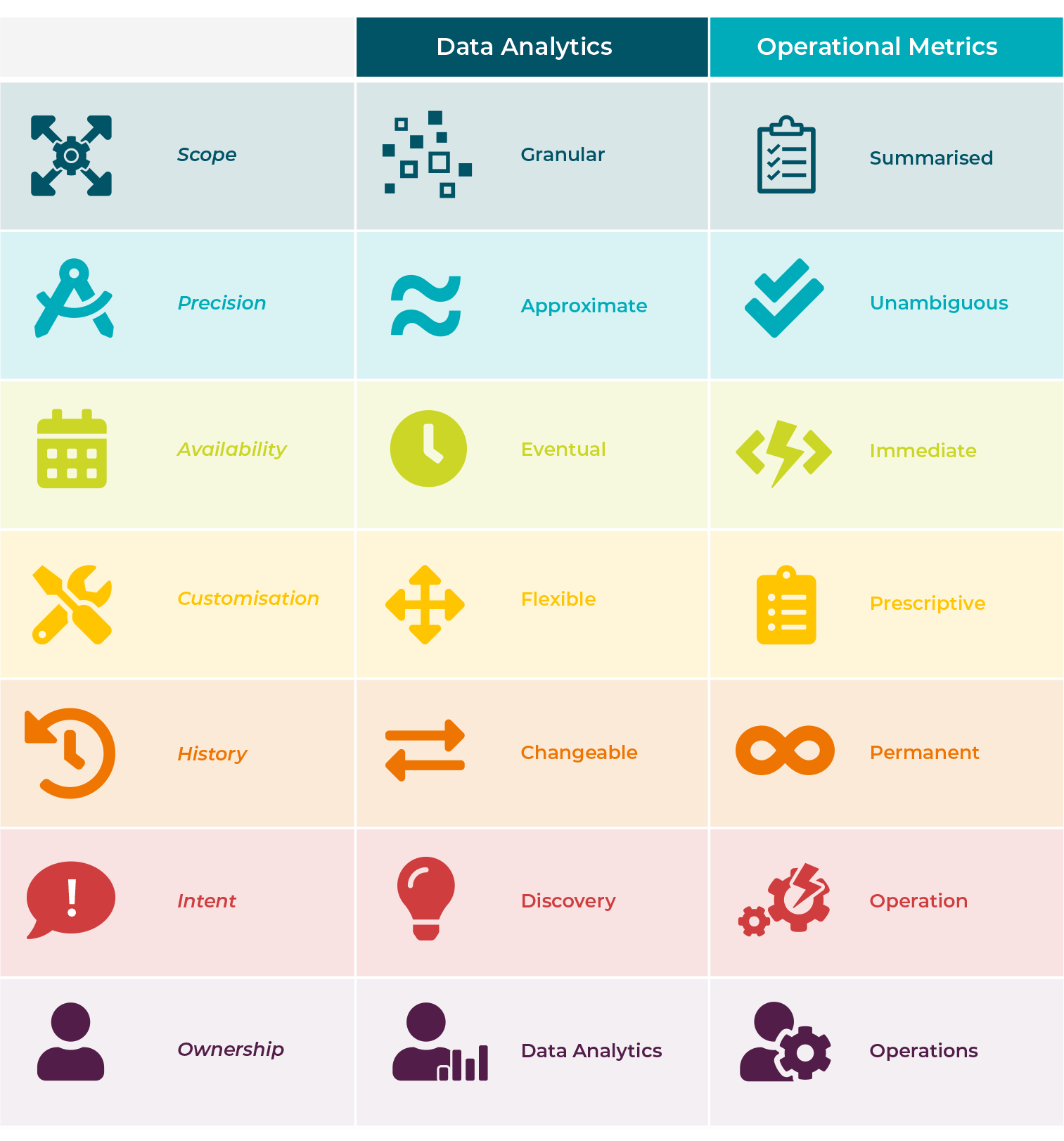
 Chris Conway
Chris Conway
Chief Architect, Quantiv
In the Nativity Story (or Christmas Story) the three wise men follow a bright star to Bethlehem to pay homage to the baby Jesus and offer him gifts.
But before setting off on their epic journey, did these three kings collect details of the positions of the stars at different times? Did they use these positions to form a map of the heavens? And did they add ‘contextual information’ to their observations?
And if that’s true, they turned what could have been a theoretical ‘stargazing’ exercise into a way to show possible connections between celestial movements and happenings on earth.
Moreover, you could argue that what made the ‘Magi’ wise was they knew which of the connections to follow more closely.
Given time, it’s possible to discover patterns even in very complex data. But when time is short, knowing what to observe – and what to ignore – is critical. And being able to observe quickly and reliably is essential if timely decisions are needed.
What is the link between the Nativity and operational information?
It might seem a frivolous connection, but the journey of the wise men could be compared to the developments required to make good operational information available within an organisation.
When something happens, it’s usually possible to explain why it happened… eventually. Details of the different events will need to be gathered and put in the right sequence, with the supporting contextual data.
From an IT perspective, business analytics provides infinite ways to help explain why a certain combination of circumstances could lead to a system operating in a particular way.
In that context, ‘big data’ collection is essential. It supports analysis of how and why an organisation operates. It also helps identify critical activities in the organisation’s processes and the parameters that control how those activities work.
But once those critical activities and parameters have been identified, some of them can be chosen for real-time monitoring. For this, you shouldn’t rely on the original big data collection mechanisms, because these might be late, incomplete, or simply overwhelming. Instead, you need a separate metric monitoring process.

How can operational metrics help?
An operational metrics service works by taking the metrics identified by the analysis and ensuring the data that supports them is collected in a timely, reliable and consistent way. That means the information produced is both relevant and immediately usable.
Of course, the outcomes don’t quite have the drama of a journey across a desert. But separating the collection of analytical data from the provision of operational information can still have significant outcomes for any organisation.
Merry Christmas from Quantiv
The Quantiv team wish you a very Merry Christmas, and a happy and healthy New Year.




